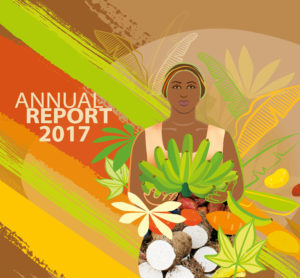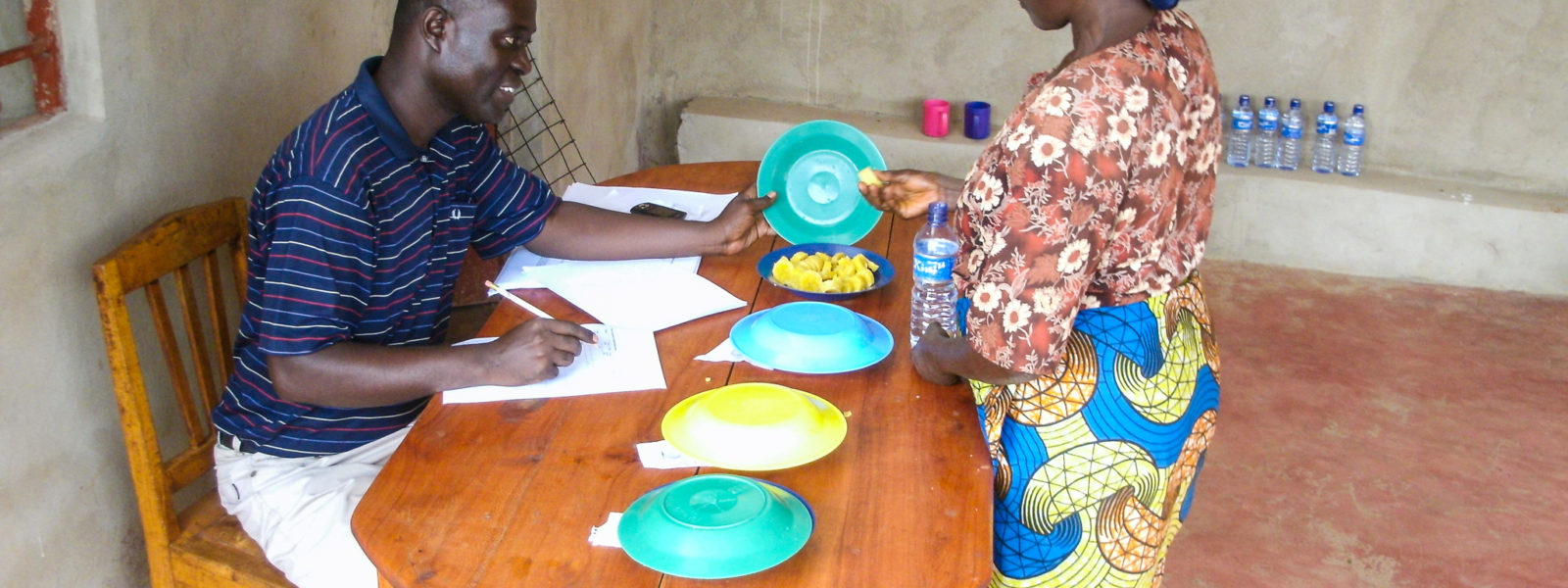Researchers in East Africa are introducing banana varieties from across the world to address severe vitamin A deficiency. Taste tests help to identify and fast track new varieties that consumers prefer.
Vitamin A deficiency is high in the East African countries of Uganda, Tanzania, Burundi, Rwanda, DRC and Kenya, ranging from 39% to 64%. Vitamin A deficiency increases the risk of disease and death from severe infections in children and it contributes to poor pregnancy outcomes among women, besides being the leading cause of preventable blindness in children.
In East Africa and the Great Lakes Region, bananas are an important part of the diet for over 100 million people who eat an average of 250 to 400 kg of bananas a year. Banana varieties grown in this region are generally low in vitamin A with 7 to 27 nmol g-1 dry weight, but some varieties from South Asia, West Africa and the Pacific have levels (as much as 220 nmol g-1). Vitamin A deficiency could be avoided by introducing these banana varieties that are naturally rich in the vitamin. This is particularly useful for banana, which is difficult to breed.
Bioversity International and partners screened over 400 varieties of bananas and found a number that were rich in vitamin A. But healthy food is of little value if people will not eat it. So, researchers from Bioversity International and partners did taste tests (organoleptic, or sensory tests) at eight locations in Burundi and in North Kivu and South Kivu in the eastern Democratic Republic of the Congo. The study compared eight introduced varieties (five for cooking and three dessert varieties) with 10 varieties grown locally (six cooking and four dessert types).
 Continue reading the story in the RTB 2017 Annual Report: From science to scaling.
Continue reading the story in the RTB 2017 Annual Report: From science to scaling.
